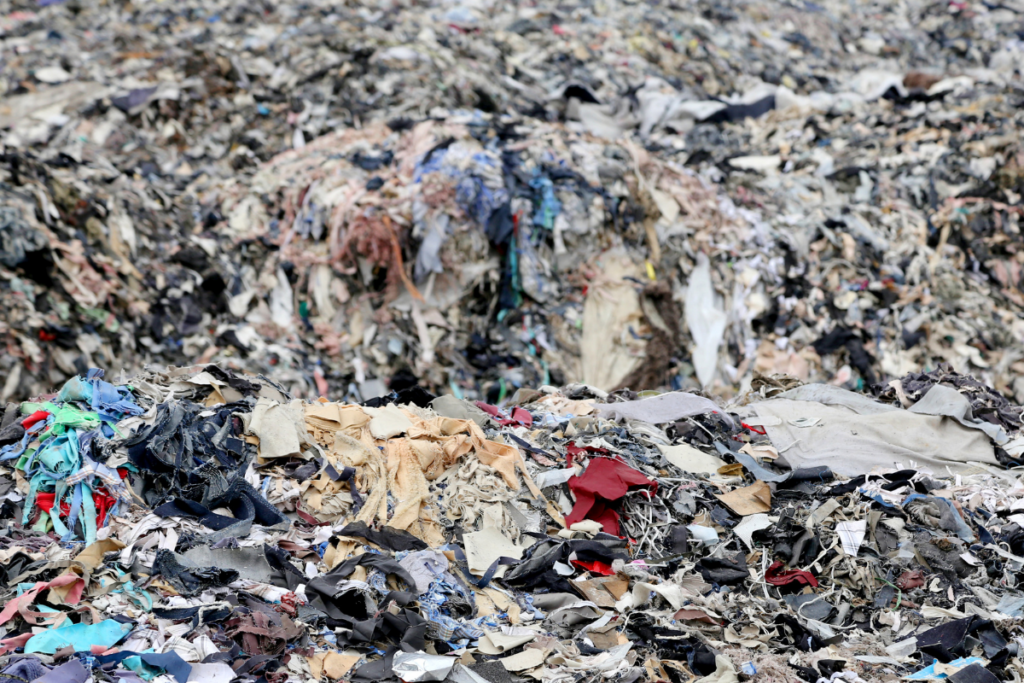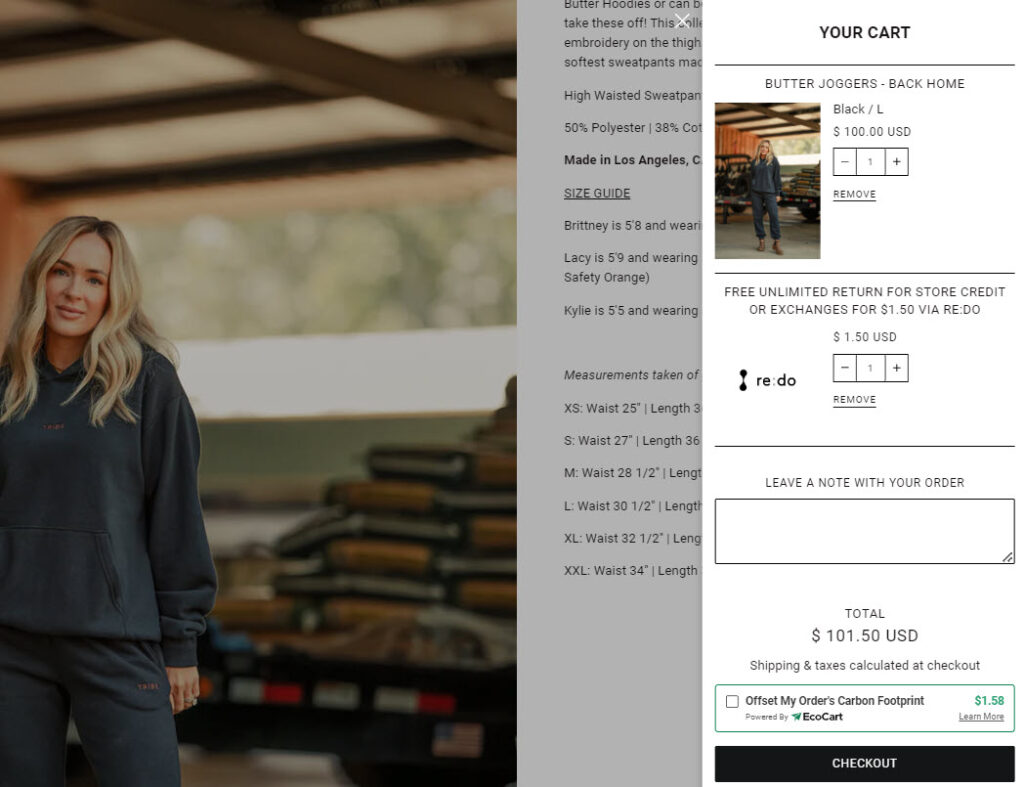Circular economy is key to reducing waste and protecting our planet from harmful raw material sourcing. Businesses, in particular, have a huge role to play as the global community seeks to reduce its dependence on natural resources.
Ecommerce circularity is all about using materials to their utmost extent. But, what does circularity in ecommerce look like, and how can you implement circular economy strategies in your business? Let’s dive in.
What Is The Circular Economy?
The circular economy is a system in which materials are recycled, reused, refurbished, and otherwise kept in use rather than discarded. This closed loop system seeks to keep materials in circulation rather than sourcing virgin resources. In a perfect circular economy, no waste would be produced as it would circle back into use. As it stands, current circular economy systems can drastically minimize waste as materials are utilized for as long as they possibly can be.
Why does the circular economy matter?
In short, it’s what your customers want from your business. Over 70% of global consumers would change their shopping habits to reduce environmental impact and 76% of consumers are willing to disengage from brands that are not sustainable.
So how does the circular economy make your brand more sustainable for eco-conscious consumers?
Circular business models greatly reduce the ecological and social costs of production. Materials sourcing has a huge impact on ecosystems—the processing and extraction of virgin materials account for half of the world’s greenhouse gas emissions and an astounding 90% of water stress and biodiversity loss. On top of this, extracting natural resources is labor-intensive, and even today, it can result in major human rights issues.

By recycling existing materials in a circular economy system, we reduce resource consumption, which is especially important when it comes to nonrenewable or slowly regenerative resources. The planet can only produce so much, and discarding materials that could have otherwise been used not only contributes to waste but diminishes the amount of natural resources available.
Circular economy principles seek to minimize this issue. The circular economy contributes to climate change efforts by reducing greenhouse gas emissions associated with raw materials sourcing.
According to BASF, around 70% of a product’s carbon footprint comes from its raw materials. Businesses can, therefore, greatly reduce the carbon footprint surrounding their products by using recycled or reused materials rather than relying upon natural resources. Developing a circular business model helps reduce our dependence on natural resources while growing your company in a sustainable way.
The Circular Business Model
A circular business model articulates that existing materials and products must be utilized before dipping into natural resources. A tenet of sustainable business practices, it is an essential part of any company’s sustainability plan.

By creating a closed loop value chain, we can optimize resource yields, increasing the value of our assets, all while reaping environmental and social benefits. The OECD highlights five types of circular economy business models, although these are not extensive:
- Circular supply models utilize renewable, recyclable, or biodegradable resources, reducing dependence on raw materials.
- Resource recovery models recycle waste to create secondary raw materials, reducing waste production, avoiding raw materials sourcing, and contributing to the circular economy.
- Sharing models split the usage of under-used products, reducing the need to produce more of these products and, thereby, lessening the use of raw materials.
- Product life extension models extend the life of existing products. For example, sustainable women’s clothing brands that seek a circular economy will produce high-quality clothing that avoids microtrends rather than falling into fast fashion.
- Product service system models provide incentives for sustainable product design and the use of recycled or refurbished materials in product manufacturing.
Circular Business Models In Ecommerce
Within ecommerce, a circular business model will likely involve a combination of some of the above approaches. Developing a circular model isn’t about making a single circular economy choice and calling it a day. You must do your best to figure out ways to implement circularity at all levels, including (and perhaps especially) along your supply chains.
If you can’t have a fully circular economy business model, you can still practice the circular economy in your ecommerce business. Just make sure that you are following as many of the foundations of a circular system as you can.
Key elements of a circular business model for e-commerce include:
- Recycling and reusing materials as much as possible. This may mean investing in a greener product design.
- Using eco-friendly packaging that’s made from 100% recycled materials and post-consumer waste.
- Investing in reusable mailing bags that can be used twice. This will minimize waste associated with returns, and it will allow your customers to reuse the bag even if they don’t return the item.
- Partnering with suppliers that have a circular business model or utilize reused or recycled materials as much as possible.
- Resell returned items rather than throwing them away.
- Decarbonizing your supply chain.
- Develop a program that allows customers to return products when they are no longer usable so that you can refurbish them into something new. For example, a clothing company can take used clothing and reuse the textiles to make a new clothing item or accessory.
Luckily, there are a few recommerce businesses that are already established and ready to work with brands looking to implement the circular economy in their businesses:
Examples Of Circular Economy In Ecommerce
Circular business models in ecommerce are nothing new, so we have many successful examples to pull from.
Brands like Madewell, Levis, and Patagonia all have thredUp, official resell stores, or a clothing recycling program where they offer loyalty points to their customers who make purchases there. This incentivizes the purchase of used clothing rather than purchasing new items on their main site.
Nomad Goods implements the circular economy in multiple facets of its operations. It invests in minimal packaging that’s easily recycled, refurbishes unused returns, recycles damaged returns, and includes composting and recycling bins in its offices. Its products are also designed with durability in mind, ensuring that they last for years to come.
HP has designed its cartridges to accommodate a closed loop system. Not only do they use post-consumer plastic in their ink cartridges, but they also make recycling their cartridges super easy and encourage their customers to join in their circular economy journey.
Not Ready For A Circular Economy? Try Carbon Offsetting First.
While implementing a circular economy in your ecommerce business is ideal, it may not be immediately possible for your business. Even so, there are steps that you can take to get yourself closer to a circular economy.
Our studies show that over half of all consumers and nearly 90% of the youngest demographic actively seek sustainable products: 95% of Gen Z shoppers and 90% of Millennials are more likely to shop with a brand again if it is trying to be environmentally friendly. By taking steps to make offset your business emissions, you’ll be bridging the gap between where you stand today and a circular economy. And your customers will appreciate it.
Tap into this huge market by including carbon offsetting as part of your loyalty program. Not only will this encourage your customers to help you achieve your carbon emissions goals, but it will also keep customers coming back for more.
Partnering with EcoCart is often a cart conversion booster. Our customers have seen a massive rise in conversion rates after offering carbon neutral shipping to their customers. For example, Simbly saw a 38% lift in average order size, and Tribe Kelley saw a 19% boost in conversion rate after partnering with us.

EcoCart integrates with Yotpo and Loyalty Lion, making the process super easy. Loyalty programs paired with sustainability can be a powerful combo, and if your company is serious about its environmental footprint and business growth, then this is something it can take advantage of.
Conclusion
A circular economy business model for ecommerce is necessary for any sustainability-minded online store. With so many things to think about, developing a sustainable business model can seem like a big task. We’re here to help.
EcoCart offers essential sustainable solutions for your business, resulting in improved cart conversion and meaningful environmental impact. Reach out to our team for a demo today.



